Japanese cuisine is renowned for its delicate flavors and meticulous presentation, where each dish is a mini masterpiece that reflects the beauty of nature and the seasons. A vital aspect of this visual artistry is the use of decorative leaves. These leaves are not merely for aesthetics; they enhance flavors, provide fragrance, and embody the cultural respect for nature that is intrinsic to Japanese culinary traditions. This article explores some of the most commonly used decorative leaves found in Japanese restaurants, highlighting their importance in both presentation and flavor.
Perilla Leaves: A Versatile Garnish
Perilla leaves are sometimes used interchangeably in Japanese cooking. They come in various colors, including green and purple, and have a similar flavor profile. Perilla leaves can be used in salads, as wraps for grilled meats, or simply as garnishes for many dishes. Their vibrant color and aromatic qualities enhance both presentation and taste.
In sushi presentations, perilla leaves can also act as a base for nigiri or sashimi, adding a fresh element that infuses the dish with subtle herbal notes. As with shiso, perilla leaves reflect the appreciation of nature within Japanese culinary practices.
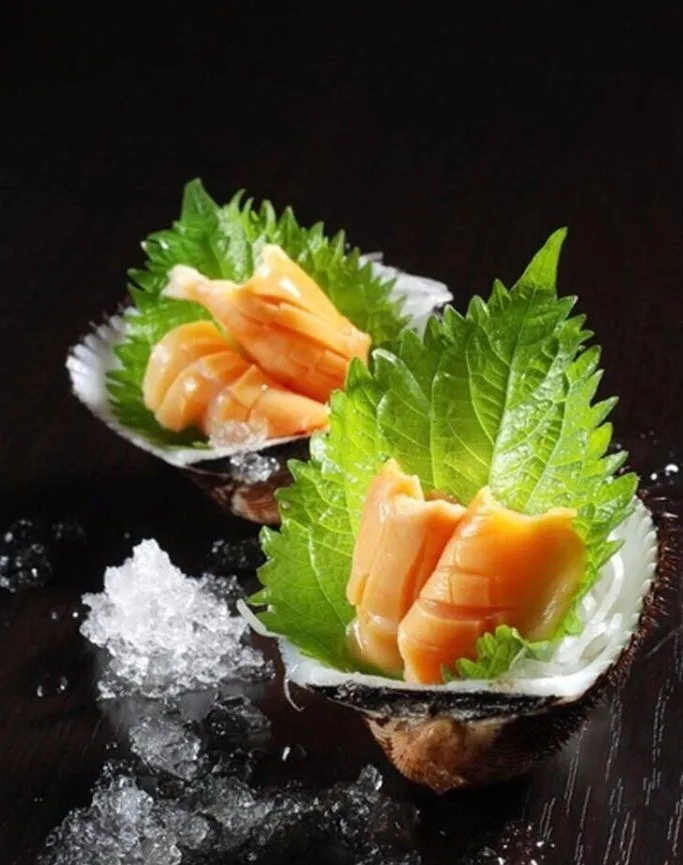
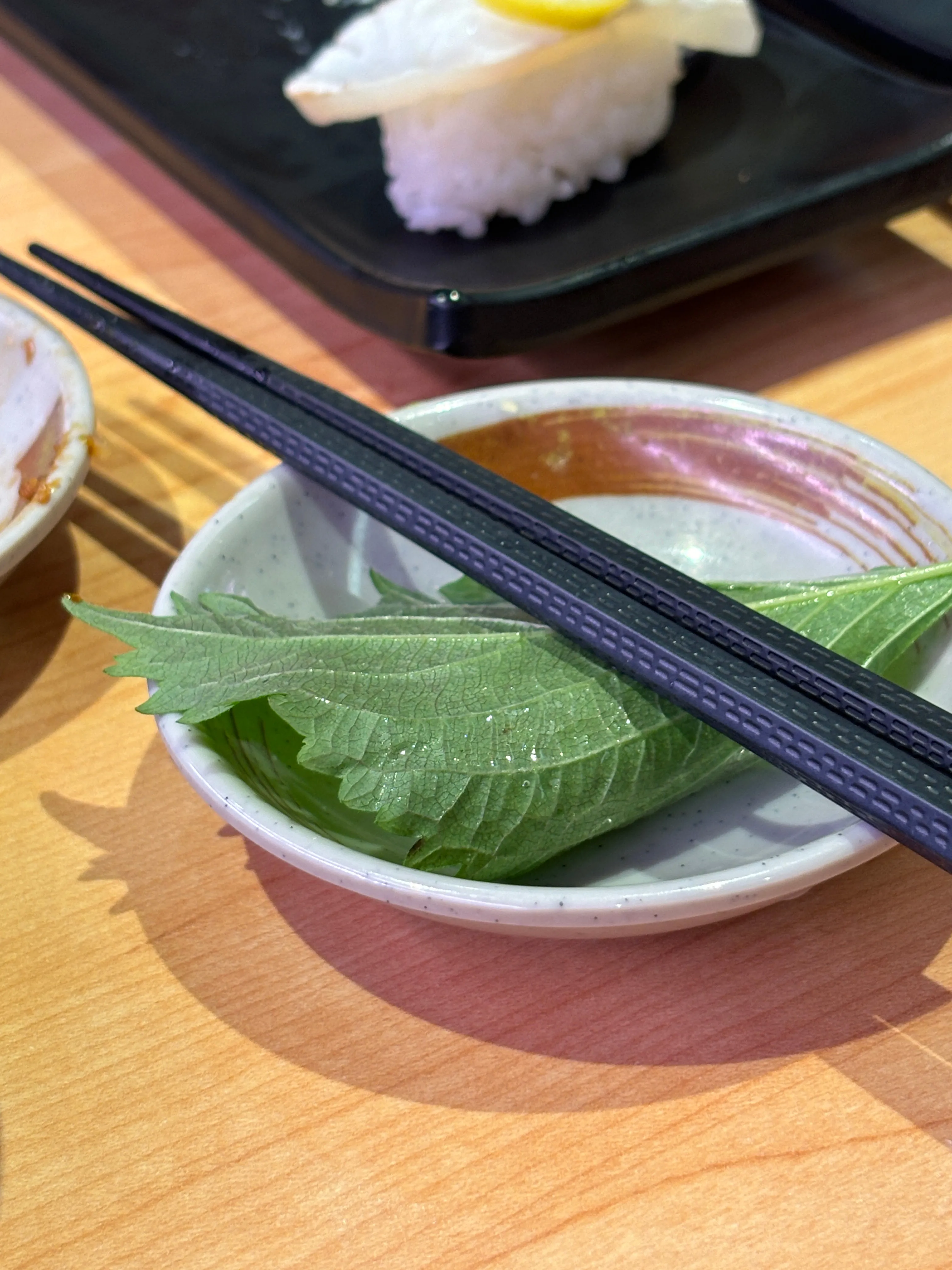
Hoba Leaves: The theme in Japanese aesthetics
Hoba leaves (ホバの葉), which come from the Magnolia tree or "hoba" in Japanese, are used in Japanese cuisine primarily for their decorative and aromatic qualities. Here’s how they play a role in Japanese culinary presentation:
Plating and Presentation: Hoba leaves are often used as a natural serving vessel for grilled dishes, particularly hoba yaki. This dish involves grilling fish or meat on a hoba leaf, which infuses the food with a subtle, fragrant aroma. Seasonal Decor: During certain seasons, especially in winter, hoba leaves can be used for traditional celebrations or meals. Their deep green color and texture add an attractive visual element to the table setting. Traditional Dishes: In addition to being used for grilling, hoba leaves are sometimes incorporated into rice or served as a wrapper for certain types of sushi to enhance flavor and appeal.
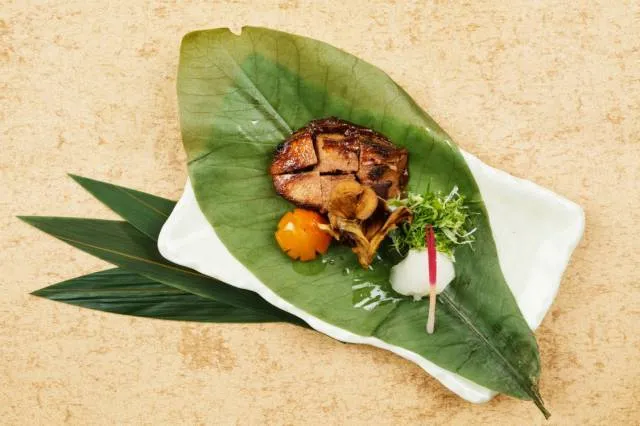
Bamboo Leaves: Nature’s Wrapping Paper
Bamboo leaves are a staple in Japanese cuisine, primarily due to their versatility in both cooking and decoration. They are commonly used to wrap rice dishes such as zongzi and mushi-gome, imparting a subtle, aromatic flavor to the rice. Their deep green color adds an earthy touch to presentations, making dishes appear more organic and vibrant.
In addition to their culinary use, bamboo leaves can also be utilized as a decorative element on plates. When arranging food, chefs often place bamboo leaves beneath dishes to provide a natural backdrop, enhancing the overall aesthetic while reminding diners of the connection between food and nature.
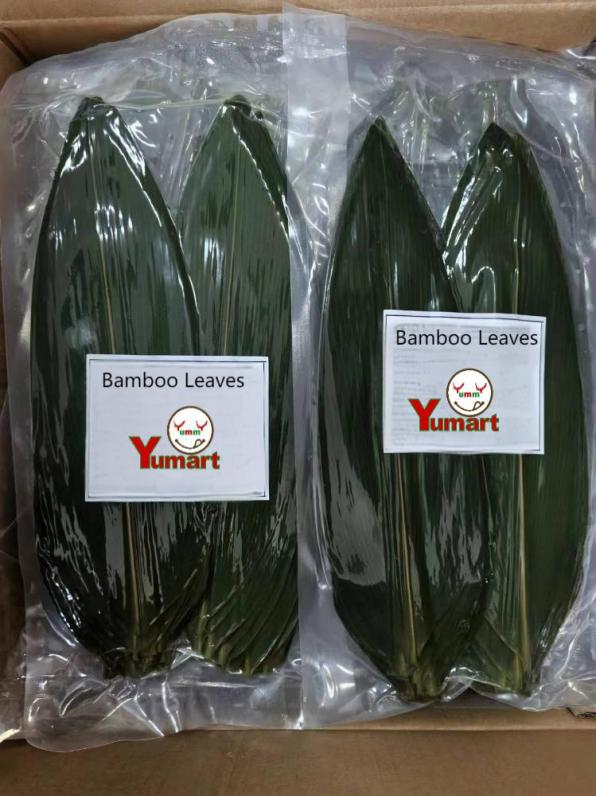
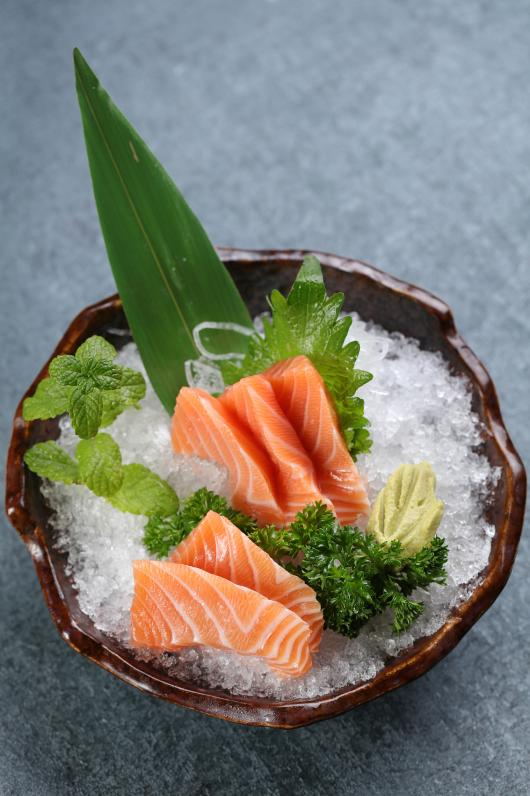
Yomogi Leaves: Herbal and Beautiful
Yomogi (mugwort) leaves are another common decorative leaf used in Japanese cuisine, known for their flavor and health benefits. Traditionally used in the making of wagashi (Japanese sweets) and herbal teas, yomogi leaves add a grassy, slightly bitter flavor that complements sweet dishes.
In terms of presentation, yomogi leaves offer a striking green contrast when used as a garnish or bedding for various dishes. Their distinct shape and fragrant aroma enhance the sensory experience of the meal, making them a popular choice among chefs aiming to provide a holistic dining experience.
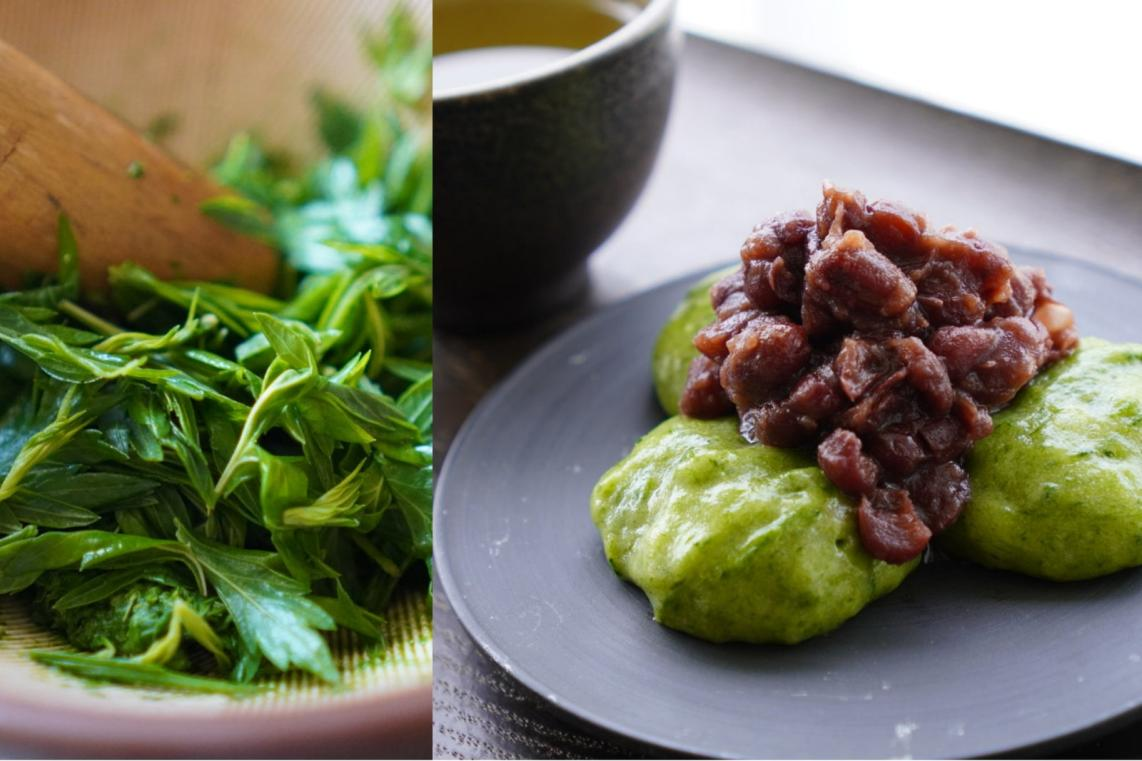
The Aesthetic Philosophy Behind Decorative Leaves
The use of decorative leaves in Japanese cuisine is deeply intertwined with the philosophy of wabi-sabi, which celebrates the beauty of simplicity, impermanence, and the natural world. By incorporating leaves that reflect the season or the environment, chefs create dishes that are not only appealing to the palate but also visually captivating.
The careful selection and arrangement of decorative leaves enhance the dining experience, inviting patrons to appreciate both the artistry of the dish and the cultural significance behind it. Each leaf tells a story, connecting the diner to the earth and the seasons, embodying the essence of Japanese culinary traditions.
Conclusion
Decorative leaves in Japanese restaurants serve multiple purposes, ranging from enhancing flavor to elevating visual presentation. With their rich colors and unique flavors, leaves such as shiso, sansho, bamboo, yomogi, and perilla contribute significantly to the culinary art of Japan. They remind us of the deep connection between food and nature, inviting diners to experience the beauty of Japanese cuisine through all their senses. As Japanese culinary traditions continue to evolve, the use of these leaves will undoubtedly remain a cherished practice, celebrating the harmony and artistry of this extraordinary cuisine.
Contact
Beijing Shipuller Co., Ltd.
WhatsApp: +86 136 8369 2063
Web: https://www.yumartfood.com/
Post time: Jan-10-2025